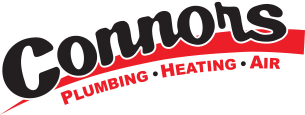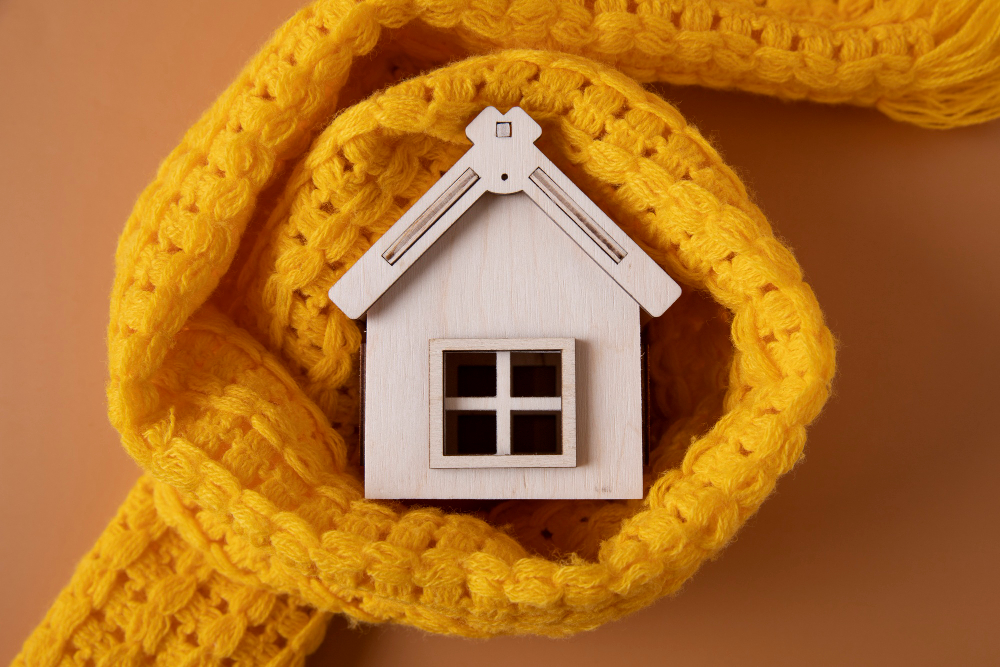When the temperatures drop in Minnesota, your furnace isn’t just another appliance — it’s what keeps your family safe, comfortable, and able to enjoy the season without worry. Like any hardworking system, it needs regular care to perform its best. That’s where a furnace tune-up comes in.
A furnace tune-up is a professional checkup that keeps your heating system running safely, efficiently, and reliably through the cold months ahead. In this guide, we’ll walk through why a tune-up matters, what’s included in the process, and what you can expect during your appointment.
What is a Furnace Tune-Up and Why Is It So Important?
A furnace tune-up is a professional inspection and cleaning that makes sure your system is safe, efficient, and ready for heavy use. Think of it like an annual visit with your doctor—you may not notice problems today, but preventive care helps avoid major issues later.
Why It Matters
- Safety: Gas and oil furnaces burn fuel to produce heat. Without regular checks, hidden problems like gas leaks, cracked heat exchangers, or carbon monoxide issues can put your household at risk.
- Efficiency: A dirty or poorly adjusted system has to work harder to keep you warm, driving up energy bills.
- Longevity: Annual maintenance can extend the life of your furnace, helping you avoid premature replacement.
- Fewer Breakdowns: A tune-up catches small issues before they turn into costly repairs or sudden outages in the middle of winter.
According to the U.S. Department of Energy, regular maintenance, combined with proper air sealing, insulation, and thermostat settings, can cut heating and cooling costs by up to 30%.
What’s Included in a Professional Tune-Up
During a professional furnace tune-up, you can expect your technician to perform a detailed inspection and service. Here are the core steps:
- Thermostat check and calibration
- Air filter inspection and replacement recommendation
- Blower motor and fan inspection
- Heat exchanger and burner check for safety and efficiency
- Gas pressure and carbon monoxide testing
- Lubrication of all moving parts
- Electrical connection and control check
- Flue pipe inspection for proper ventilation
Each of these steps plays a role in keeping your furnace safe and effective. For example, calibrating your thermostat makes sure your home stays at the right temperature without wasted energy, while inspecting the heat exchanger helps prevent dangerous carbon monoxide leaks.
The Cost-Benefit Analysis: Is a Tune-Up Worth the Money?
It’s fair to ask whether a furnace tune-up is worth the investment. Let’s break it down.
Addressing the Cost
A professional tune-up is a relatively small expense compared to the price of a new furnace or the cost of emergency service. On average, a tune-up costs much less than what you’d pay for a major repair like replacing a blower motor or heat exchanger.
Cost vs. Repair
Emergency furnace repairs tend to happen during peak heating season when demand is highest—meaning longer wait times and higher costs. Preventive maintenance helps you avoid those stressful situations by tackling issues early.
Saving Money on Bills
A clean, tuned furnace doesn’t have to work as hard to produce heat. Regular maintenance can allow your furnace to work at peak efficiency, leading to lower monthly bills. Over a long Minnesota winter, even a modest improvement in efficiency can add up to real savings.
Protecting Your Investment
Most furnace manufacturers require proof of annual maintenance to keep warranties valid. Skipping a tune-up could mean losing coverage if you ever need a costly repair. A tune-up is a simple way to protect your investment and ensure you’re covered if something goes wrong.
What to Expect During Your Appointment
If you’ve never scheduled a furnace tune-up before, you might not know what the appointment includes. Here’s what you can expect:
The Process
Your technician will arrive at your home, introduce themselves, and explain what they’ll be doing. From there, they’ll carefully go through the inspection list—testing safety controls, checking airflow, cleaning components, and making adjustments as needed.
The visit usually takes about an hour, though it can be longer if issues are discovered. During this time, the technician may also offer tips for improving efficiency, like when to change your filter or how to set your thermostat.
How to Prepare
You don’t need to do much before a tune-up, but a few simple steps can make the visit smoother:
- Clear the area around your furnace so the technician has easy access.
- Write down any issues you’ve noticed, like unusual noises or uneven heating.
- Make sure pets are secured so the technician can work safely.
The Final Report
At the end of the appointment, you’ll get a summary of the work performed, any adjustments made, and recommendations for future care. This report is your record of maintenance—something you’ll want to keep handy for warranty purposes.
It’s also your chance to ask questions. A good technician will walk you through their findings and explain anything you’re unsure about, so you leave with peace of mind knowing your furnace is ready for the season.
The Bottom Line on Furnace Tune-Ups
A furnace tune-up is about more than just checking a box. It’s about safety, efficiency, and protecting one of the most important systems in your home. By scheduling annual maintenance, you reduce the risk of breakdowns, lower your energy bills, and give your family the comfort of knowing the heat will be there when you need it most.
With Minnesota winters as long and cold as they are, there’s no better time to schedule your tune-up than right now. Contact Connors Plumbing, Heating & Air today to book your furnace maintenance and head into fall and winter with peace of mind.

